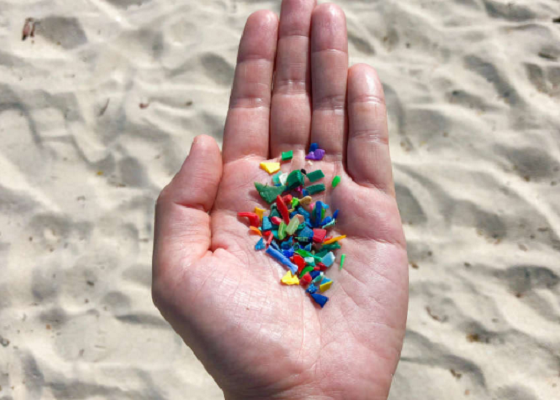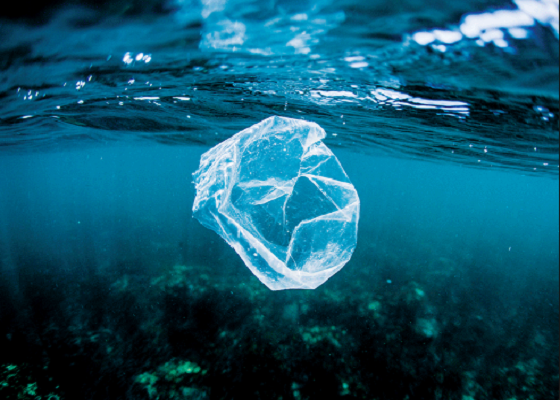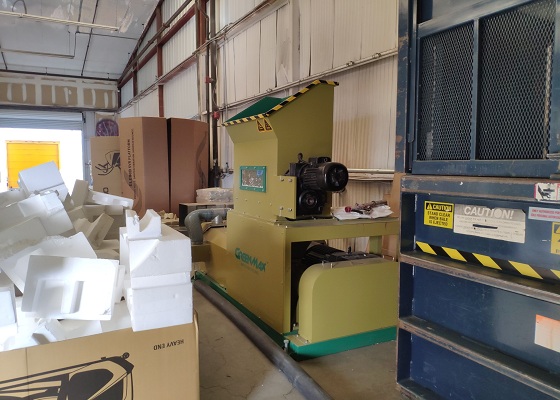Polystyrene in remote circulation areas in the ocean (such as the “Pacific Patch”) have attracted widespread media attention, but they are not the only bodies of water contaminated by polystyrene. Most marine and terrestrial habitats now have polystyrene waste and granules, including deep seas, large lakes, coral reefs, beaches, rivers and estuaries.

Polystyrene pose physical (eg, gastrointestinal obstruction) and chemical threats to wildlife and marine ecosystems (eg, polystyrene or bioaccumulation of chemical constituents of toxic chemicals that are adsorbed to polystyrene). People are paying more and more attention to the pollution of polystyrene in the marine environment, not only because of the difficulty of marine life, but also because this polystyrene pollution endangers human health.
According to a survey by the US Environmental Protection Agency, decomposed polystyrene particles are toxic to humans and marine life and have been shown to accumulate in fish stocks that are commonly consumed by humans through the food chain. Therefore, the EPA launched a garbage-free waters program to reduce the amount of waste entering the US waterways.

For polystyrene companies near the Great Lakes, they must begin to change their attitude toward polystyrene, from traditional waste disposal to self-recycling polystyrene.
Polystyrene recycling is not a very complicated matter. Only one polystyrene recycling machine is required. GREENMAX’s A-series polystyrene compactor machines compress polystyrene at high ratios to form recycled polystyrene blocks.

The end point of recycled polystyrene cake is no longer a dump or water, but an end market. Photo frames, benches and so on manufacturing, using recycled polystyrene as raw materials.